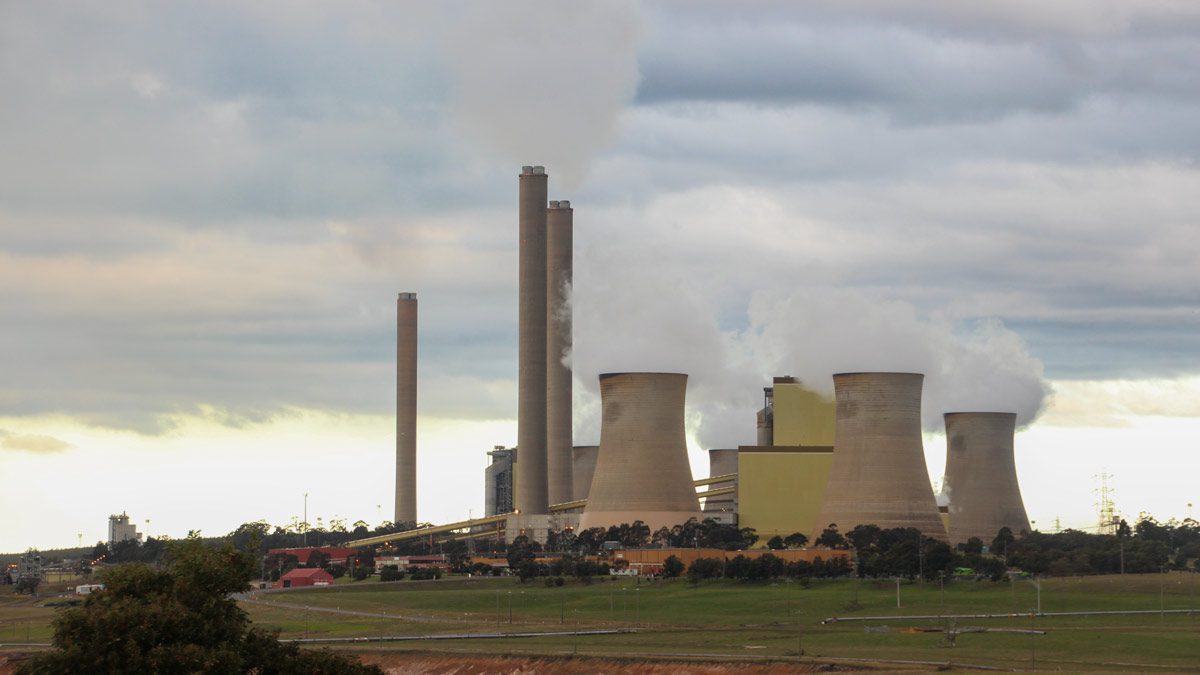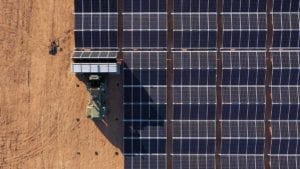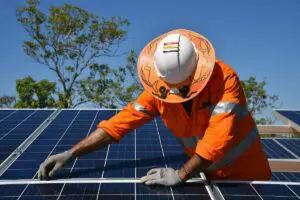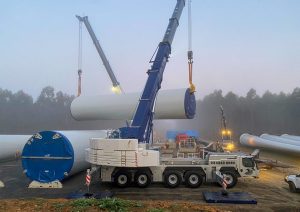Mike Cannon-Brookes certainly created headlines recently, teaming up with Brookfield to propose an unsolicited $8 billion joint takeover bid of AGL Energy, mooted as an effort to speed up the closure of the gen-tailer’s coal-fired power plants well ahead of schedule, from 2045 to 2030.
The prime minister came out and claimed that the early closure of the plant would increase power prices significantly, while reportedly reserving the right to block the move under a national interest test to protect Australia’s energy supply.
Talk of a potential blockage of the takeover, however, runs counter to the very notion of market mechanisms driving change. Furthermore, it ignores the economics which would drive someone like Cannon-Brookes, with the backing of investment behemoth Brookfield, to make a move of this size.
He’d crunched the numbers, as would have Brookfield, and seen that not only was this the right move, but one which would make money. The consortium believed it could accelerate the transition and make money at the same time, and in turn provide lower electricity prices for all.
The truth is that the economics make sense to everyone involved in the push, and the country’s energy supply would not be at risk. Furthermore, the closure of a coal plant is hardly anything new; in fact, it’s inevitable and, for many, just around the corner.
Dominoes falling faster than anticipated
Origin Energy announced recently that it would close Australia’s largest coal-fired power plant, Eraring Power Station, by 2025. It’s the biggest of Australia’s 16 remaining coal-fired power plants, with seven slated to shutter by 2035, just five years after Cannon-Brookes anticipates shutting AGL’s plants.
This is just the headliner, but the truth is that the closure of coal-fired power plants are happening everywhere and the only question for all of them is “when?”
Engie Australia shut down the Hazelwood coal power generation station and adjoining mine in Victoria back in March 2017, in line with its strategy to gradually end its coal activities which is laid out in the group’s transformation plan that aims at concentrating solely on low-carbon projects for power generation.
These coal plants are shutting down because the economics make sense now, and will be even better next year, in 2025 and 2030.
Free supply and increasingly cheaper generation
It goes without saying that the sun, wind and water don’t cost anything to produce; the cost comes down to the plants required to convert those sources to energy and distribute them into the grid.
Now, it’s cheaper to produce renewable energy than burning coal, and it stands to get even more affordable as the technology progresses and evolves.
According to research from Bloomberg New Energy Finance, renewable energy is now cheaper than all new-build coal and gas power stations. Solar, for one, has dropped from $US4 per watt in 2008 to about US 20 cents now, with one expert predicting that will halve by next year.
Of course, the argument goes that if we have a cloudy day, a summer without a breeze, or low tides that we suddenly lose our energy source. Furthermore, battery storage is expensive. But the cost of that, too, is coming down, and quickly.
Price Parity and Beyond: Storage the Key to Grid Sustainability
To give you an idea of the cost of storage, let’s look at the most common usage of storage technology at the moment: the electric vehicle (EV).
The biggest cost in producing an EV is its lithium-ion battery, which means EVs cost more than internal combustion engine (ICE). But the cost of producing an EV will reach parity with the production of an ICE vehicle within five years.
In at least once instance, parity in production has already been achieved. Take that technology to a large scale, such as The Tesla Battery in South Australia, and the economics are even stronger.
The mining sector is looking to decarbonise through methods such as using EVs and storing renewables through batteries. There are already cases in which the deployment of storage on a mine site makes economic sense and batteries are already begun being rolled out. If it makes sense on a remote site, we can easily justify the use case on a national grid scale sooner than later.
Furthermore, Cannon-Brookes and Brookfield were providing a time horizon of 2030 – they weren’t going to shut these power plants tomorrow. So rather than simply turning off the switch, they’re planning for an event nearly a decade in the future, when costs will have come down even further and at scales which make even more financial sense.
Factoring in all of these costs, from generation to integration and storage, it already makes sense to begin planning for the shift to renewable sources now, as ENGIE has done and as Origin is doing ahead of 2025.
CSIRO research estimates that, if the grid were integrated with 90 per cent renewable energy, that the total cost would be $63/MWh – or cheaper than the cost of new coal and gas-fired electricity generation, which is in the range of $A70 to $A90/MWh.
It thus makes clear economic sense that businesses start planning their net-zero roadmaps and integrate renewables in their trajectory. And at no stage will electricity bills increase for consumers. In fact, they’ll come down.
Mike Cannon-Brookes and Brookfield crunched the numbers and the move was designed to make money as much as to make a difference. In doing so, they showed that one of the fundamentals of capitalism, letting the market dictate direction rather than government policy, has worked and it’s in favour of renewables. So instead of slowing down the transition, all we need to do is let the market do the work.
Joshua Martin is the Senior Director of Engie Impact, the sustainability consultancy arm of Engie.










